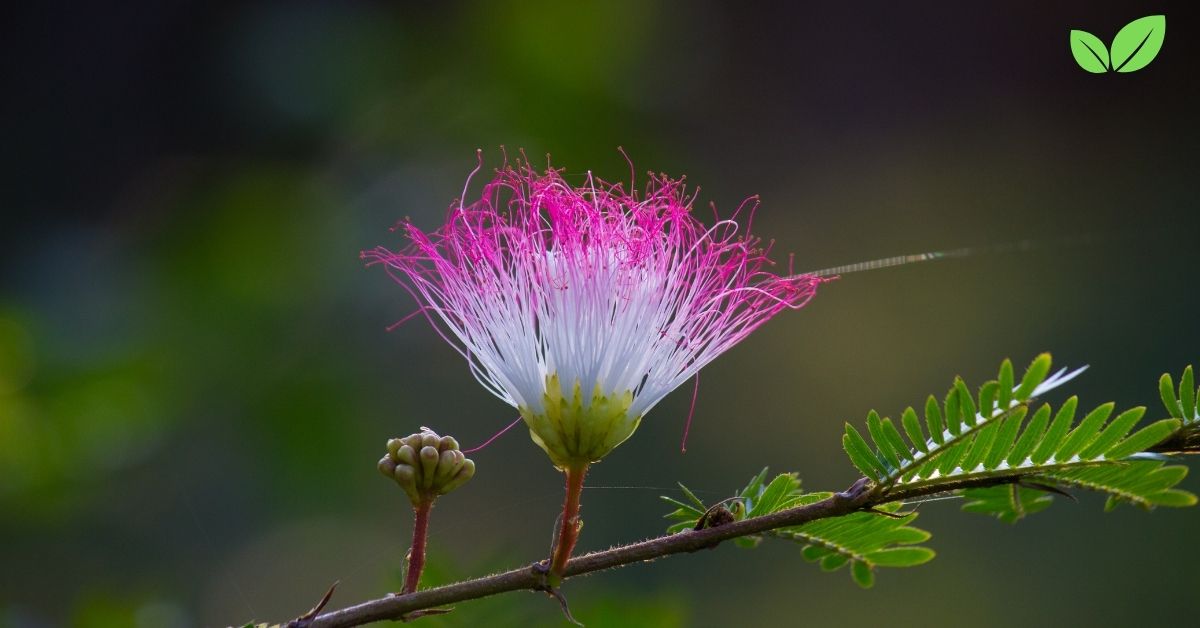Introduction
Albizia julibrissin, commonly known as the silk tree or mimosa tree, is a fast-growing deciduous tree that has captured attention for both its ornamental beauty and its role in ecosystems. Native to Asia, Albizia julibrissin has been introduced to various parts of the world, including North America, where it has become popular as a garden and landscape tree. Known for its delicate, pink, silk-like flowers and feathery leaves, this tree can be a stunning addition to urban spaces. However, it also comes with complex ecological implications.
In this article, we will explore the environmental niche of Albizia julibrissin, examining its habitat, ecological interactions, and role in both natural and human-influenced ecosystems. We will also delve into its potential as an invasive species in certain regions, discuss its impacts on biodiversity, and consider strategies for managing its spread while understanding its contributions to soil health and ecosystem services.
Albizia julibrissin: An Overview
Albizia julibrissin belongs to the Fabaceae family, which is the same family as peas and legumes. Its fast growth and ability to fix nitrogen make it a hardy species, capable of thriving in poor soils and a wide range of environmental conditions. The tree typically reaches heights of 20 to 40 feet, with a broad, spreading canopy that provides ample shade. Its distinctive pink, pompom-like flowers bloom in late spring to summer, attracting pollinators such as bees and butterflies. The leaves are bi-pinnate, with a fern-like appearance that gives the tree a delicate, airy quality.
The tree’s popularity in landscaping, combined with its aggressive reproductive strategy, has allowed it to establish itself in a variety of environments, from gardens to wild landscapes. Its adaptability is a key factor in its success, but it also raises concerns about its ecological impact in areas where it is not native.
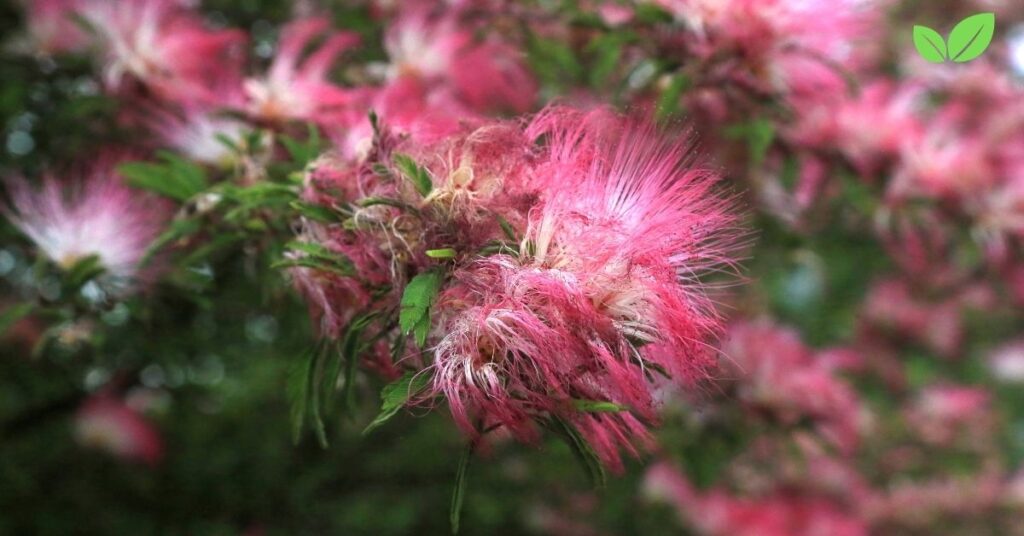
Native and Introduced Range
Albizia julibrissin is native to Asia, particularly regions in Iran, China, and Japan. In its native range, the tree thrives in tropical and subtropical climates, growing in open fields, forest edges, and along riverbanks. However, it has been introduced to numerous countries, including the United States, where it was first brought over in the 18th century as an ornamental tree. Since its introduction, the tree has spread across much of the southeastern and southwestern U.S., becoming a common sight along roadsides, disturbed areas, and even in wild forests.
In its introduced range, Albizia julibrissin has the potential to become invasive, particularly in warmer climates. Its ability to outcompete native species and alter ecosystems has raised concerns about its role in biodiversity loss in certain areas.
Ecological Niche of Albizia julibrissin
The ecological niche of Albizia julibrissin can be understood by examining its role in both its native and introduced ecosystems. Its ability to grow rapidly, fix nitrogen, and spread via seed dispersal allows it to occupy a variety of habitats. These characteristics also influence the tree’s interactions with other plants, animals, and soil communities, shaping the environments in which it is found.
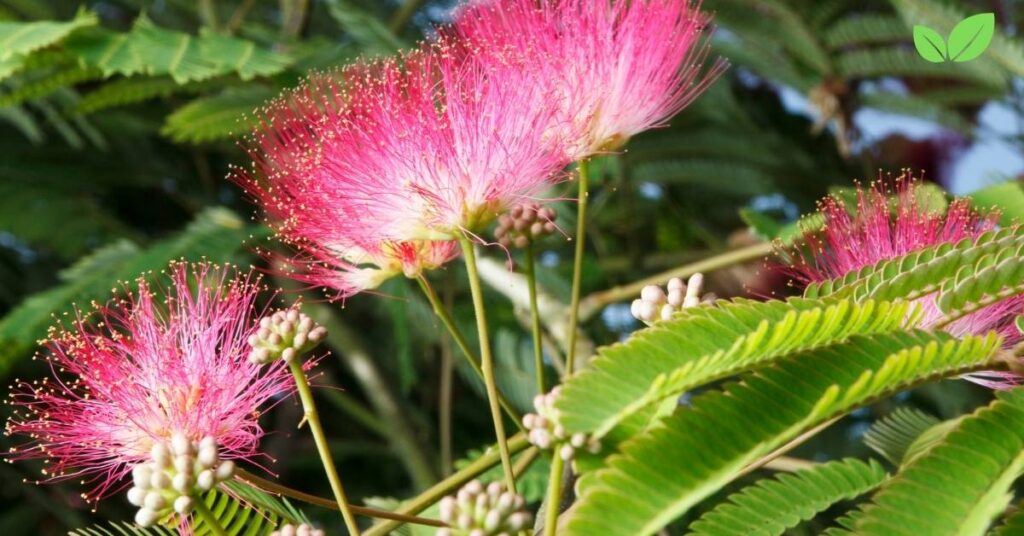
Nitrogen Fixation and Soil Health
One of the most important ecological roles of Albizia julibrissin is its ability to fix nitrogen. Like other members of the Fabaceae family, Albizia julibrissin forms symbiotic relationships with nitrogen-fixing bacteria in its root system. These bacteria convert atmospheric nitrogen into forms that plants can use, enriching the soil and promoting the growth of nearby vegetation.
In ecosystems with poor, nitrogen-deficient soils, Albizia julibrissin can act as a pioneer species, improving soil fertility and making the environment more hospitable for other plants. This role is particularly important in disturbed habitats, such as areas recovering from deforestation or land clearing, where the presence of nitrogen-fixing plants can accelerate ecological succession.
However, in environments where Albizia julibrissin is an introduced species, its nitrogen-fixing abilities can disrupt the natural balance of soil nutrients. By increasing nitrogen levels, the tree can promote the growth of invasive plants that thrive in nitrogen-rich conditions, potentially outcompeting native species adapted to nutrient-poor soils.
Seed Dispersal and Reproduction
Albizia julibrissin is a prolific seed producer, with each tree capable of producing thousands of seeds per year. The seeds are encased in flat, papery pods that can be easily dispersed by wind, water, and animals. This widespread seed dispersal contributes to the tree’s ability to colonize new areas rapidly, particularly in disturbed habitats.
The seeds of Albizia julibrissin are highly viable, and they can remain dormant in the soil for several years before germinating. This “seed bank” allows the tree to establish itself in areas where other plants may struggle to grow, particularly in nutrient-poor or disturbed soils. The tree’s ability to reproduce vegetatively through root sprouts further enhances its capacity for rapid colonization.
While this reproductive strategy is advantageous in its native range, where natural predators and environmental conditions help control the tree’s spread, it can lead to invasive behavior in introduced regions. In areas where Albizia julibrissin has no natural predators or competitors, the tree can dominate landscapes, crowding out native species and altering the structure of ecosystems.
Interactions with Wildlife
The flowers of Albizia julibrissin are rich in nectar, making the tree an important food source for pollinators such as bees, butterflies, and hummingbirds. During its flowering season, the tree can support large populations of pollinators, contributing to the biodiversity of insect species in its environment.
The seeds of Albizia julibrissin are also consumed by various wildlife species, including birds and small mammals, which help disperse the seeds to new areas. However, the tree’s rapid spread and dense canopy can limit the availability of habitat and resources for other plant species, reducing overall biodiversity in areas where the tree becomes dominant.
In ecosystems where Albizia julibrissin is invasive, its impact on wildlife can be mixed. While it provides food for some species, it can also displace native plants that provide critical resources for other animals. For example, in areas where Albizia julibrissin replaces native trees, bird species that rely on native seeds, fruits, or insects may find fewer resources available.
Environmental Impacts of Albizia julibrissin
The environmental impact of Albizia julibrissin is highly context-dependent, varying based on whether the tree is growing in its native or introduced range. In this section, we will explore the potential benefits and drawbacks of Albizia julibrissin in different ecosystems, with a focus on its role as an invasive species in certain regions.
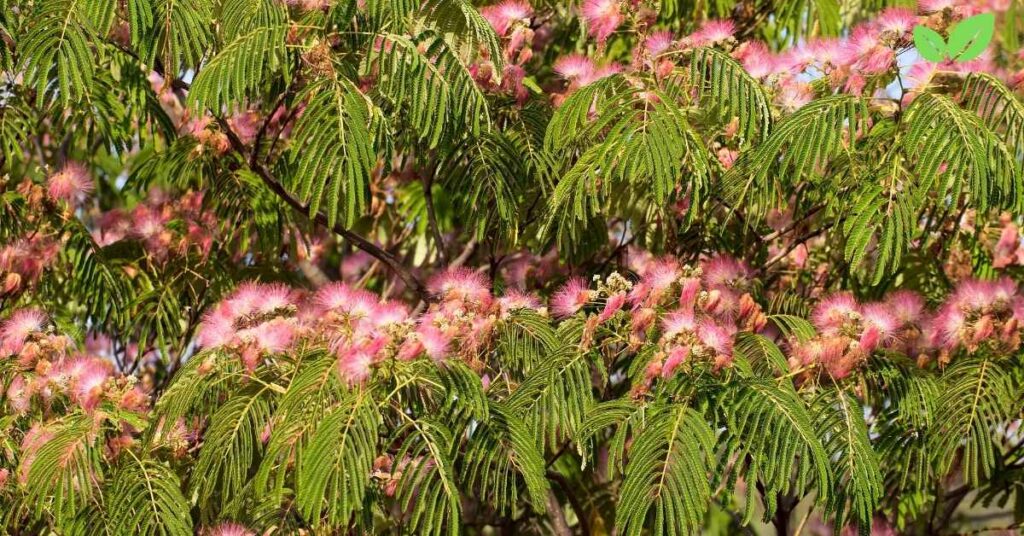
Albizia julibrissin as an Invasive Species
In the southeastern United States, where Albizia julibrissin has been widely introduced, the tree has become invasive in many areas. Its ability to grow quickly, reproduce prolifically, and tolerate a range of environmental conditions has allowed it to spread into forests, grasslands, and other natural habitats. As an invasive species, Albizia julibrissin poses several environmental challenges:
- Competition with Native Species: Albizia julibrissin can outcompete native plants for sunlight, water, and nutrients, particularly in disturbed habitats. Its fast growth and dense canopy can shade out slower-growing native species, reducing biodiversity and altering the composition of plant communities.
- Alteration of Soil Chemistry: The nitrogen-fixing abilities of Albizia julibrissin can disrupt the natural balance of nutrients in the soil. By increasing nitrogen levels, the tree can promote the growth of invasive plants that thrive in nitrogen-rich environments, further exacerbating the displacement of native species.
- Habitat Modification: In ecosystems where Albizia julibrissin becomes dominant, the tree can significantly alter the physical structure of the habitat. Its broad, spreading canopy can reduce the amount of light reaching the forest floor, inhibiting the growth of understory plants and altering the habitat available to wildlife.
- Impacts on Fire Regimes: The litter produced by Albizia julibrissin, including its leaves, flowers, and seed pods, can contribute to changes in fire regimes in some ecosystems. The accumulation of organic material can increase the risk of fire, particularly in areas where the tree grows in dense stands. Conversely, in some regions, the tree’s dense canopy can reduce the likelihood of fires by shading the ground and preventing the growth of fire-prone grasses and shrubs.
Benefits of Albizia julibrissin in Disturbed Habitats
Despite its invasive tendencies in certain regions, Albizia julibrissin can also provide benefits in disturbed habitats, particularly in areas where soil fertility is low or where the ecosystem is recovering from human disturbance. In these contexts, the tree’s ability to fix nitrogen and improve soil health can support the regeneration of native vegetation and promote the recovery of degraded ecosystems.
For example, in areas that have been cleared for agriculture or development, Albizia julibrissin can act as a pioneer species, stabilizing the soil and providing shade for the establishment of other plants. Its nitrogen-fixing abilities can enrich the soil, creating conditions that support the growth of a diverse plant community over time.
In urban and suburban landscapes, Albizia julibrissin is often valued for its ornamental qualities and its ability to provide shade and improve air quality. The tree’s fast growth and low maintenance requirements make it a popular choice for landscaping in parks, gardens, and along streets.
Managing the Spread of Albizia julibrissin
Given the potential for Albizia julibrissin to become invasive in certain regions, effective management strategies are needed to control its spread and minimize its impact on native ecosystems. In this section, we will explore the methods used to manage Albizia julibrissin populations and prevent the tree from becoming a dominant invasive species in sensitive ecosystems.

Mechanical Control
Mechanical control involves physically removing Albizia julibrissin trees from areas where they have become invasive. This can be done by cutting down mature trees, removing seedlings, or digging out roots to prevent regrowth. However, because Albizia julibrissin can regenerate from root sprouts, mechanical control often requires ongoing monitoring and repeated efforts to ensure that the tree does not re-establish itself.
In some cases, mechanical control methods such as girdling—cutting a ring around the tree’s bark to disrupt its nutrient flow—are used to kill mature trees without the need for cutting them down entirely. This method can be less labor-intensive than full tree removal but still requires follow-up to remove any seedlings or root sprouts that emerge.
Chemical Control
Herbicides are another common method for managing invasive Albizia julibrissin populations. Foliar sprays, basal bark treatments, and cut-stump applications are among the techniques used to apply herbicides directly to the tree’s leaves, bark, or cut surfaces. These methods can be effective in killing individual trees and preventing regrowth, especially when used in combination with mechanical control.
Chemical control methods must be applied carefully to avoid damaging non-target plants and wildlife. The use of herbicides in sensitive habitats, such as wetlands or forests with high biodiversity, may require specific formulations or application techniques to minimize environmental impact.
Biological Control
Biological control involves introducing natural predators or pathogens that specifically target Albizia julibrissin, helping to reduce its population without the need for mechanical or chemical interventions. However, finding appropriate biological control agents for invasive species can be challenging. While some research has been conducted into potential biological control agents for Albizia julibrissin, no widely accepted biological control programs have been established for this species to date.
Introducing new species or pathogens as biological controls can carry risks, including the potential for unintended consequences on non-target species or ecosystems. As a result, biological control is often used cautiously and only after extensive research has been conducted to assess its safety and effectiveness.
Prevention and Early Detection
Preventing the spread of Albizia julibrissin is one of the most effective strategies for managing its impact on ecosystems. This includes restricting the sale and planting of the tree in regions where it is known to become invasive. Many states and countries have established regulations to prevent the introduction or spread of invasive species, and educating the public about the risks of planting Albizia julibrissin in sensitive environments is an important component of prevention efforts.
Early detection and rapid response programs are also critical for preventing small infestations from becoming widespread. These programs rely on the monitoring of vulnerable ecosystems to detect the presence of invasive species early and take action before they have the opportunity to establish large, self-sustaining populations.
The Role of Albizia julibrissin in Climate Change and Carbon Sequestration
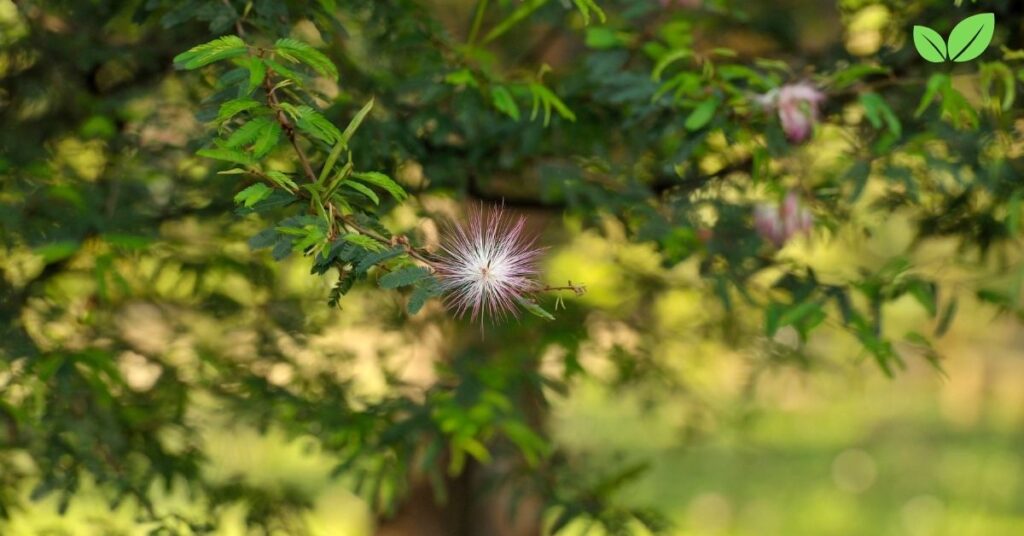
Albizia julibrissin, like many fast-growing tree species, has the potential to play a role in climate change mitigation through carbon sequestration. As trees grow, they absorb carbon dioxide from the atmosphere and store it in their biomass—branches, trunks, roots, and leaves. This process helps reduce the concentration of greenhouse gases in the atmosphere, which is essential for slowing the rate of climate change.
However, the role of Albizia julibrissin in carbon sequestration must be balanced against its potential to disrupt ecosystems when introduced outside its native range. While the tree’s fast growth and high biomass production can contribute to short-term carbon sequestration, its impact on biodiversity and ecosystem health may undermine the long-term resilience of the ecosystems it invades.
In its native range, Albizia julibrissin may contribute to healthy, carbon-sequestering ecosystems by enhancing soil fertility and supporting diverse plant communities. In contrast, in regions where the tree is invasive, its ability to dominate ecosystems can reduce plant diversity and alter ecosystem functions, potentially reducing the overall capacity of the ecosystem to sequester carbon.
Albizia julibrissin in Urban and Ornamental Landscapes
Despite its invasive potential in certain regions, Albizia julibrissin continues to be a popular choice for urban and ornamental landscapes. The tree’s aesthetic qualities, including its delicate pink flowers, feathery leaves, and fast growth, make it a desirable addition to gardens, parks, and streetscapes. Its ability to tolerate a range of environmental conditions, including poor soils, drought, and urban pollution, adds to its appeal in challenging urban environments.
In urban areas, Albizia julibrissin can provide several ecosystem services, including shade, air purification, and habitat for pollinators. Its fast growth makes it an attractive option for property owners and city planners looking to establish green spaces quickly. However, care must be taken to ensure that the tree is not planted in regions where it poses a risk to native ecosystems.

Managing Albizia julibrissin in Urban Settings
In urban settings, managing Albizia julibrissin involves careful planning and maintenance to prevent the tree from spreading into natural areas. One way to mitigate the tree’s invasive potential is to use sterile cultivars, which do not produce viable seeds and therefore cannot spread into surrounding landscapes. Planting sterile cultivars can allow gardeners and landscapers to enjoy the ornamental qualities of the tree without contributing to its spread.
Regular pruning and maintenance are also essential for controlling Albizia julibrissin in urban environments. Removing seed pods before they mature can help reduce the likelihood of seeds being dispersed by wind, water, or animals. Additionally, ensuring that the tree is planted in contained areas, such as along streets or in parks where it can be monitored, can help limit its spread.
Conservation and Ethical Considerations
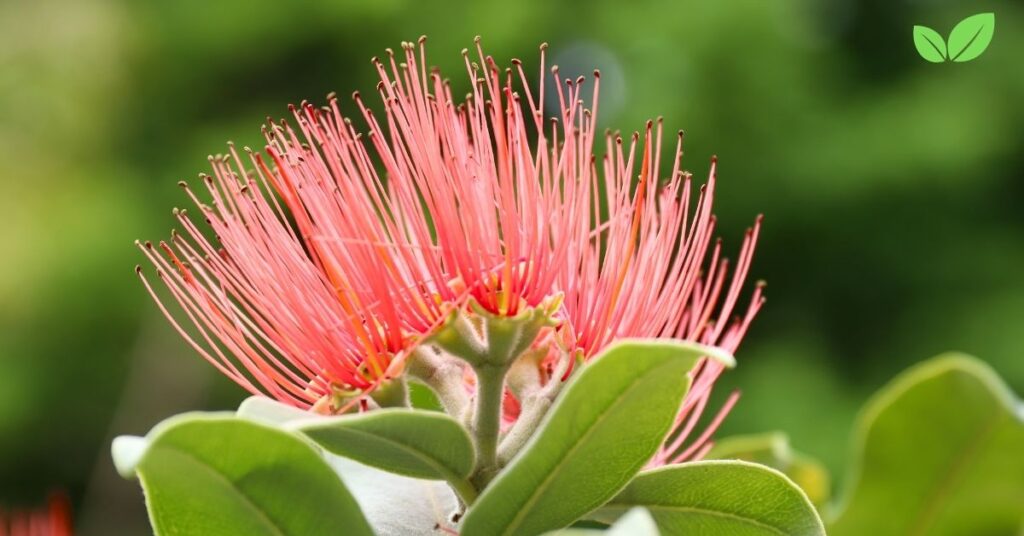
The management of Albizia julibrissin, particularly in regions where it is invasive, raises important ethical and conservation questions. While the tree may provide certain benefits, such as improving soil health or supporting pollinators, its potential to disrupt ecosystems and outcompete native species must be carefully weighed.
In areas where Albizia julibrissin is considered invasive, conservation efforts focus on protecting native biodiversity and preventing further spread. This often involves difficult decisions about whether to remove established trees that may provide certain ecosystem services in order to restore native plant communities and protect long-term ecosystem health.
In its native range, Albizia julibrissin continues to play an important role in supporting biodiversity and ecosystem functions. Efforts to preserve healthy populations of Albizia julibrissin in these regions are important for maintaining the tree’s ecological role while minimizing its negative impacts in regions where it has been introduced.
Conclusion
Albizia julibrissin, with its striking flowers and adaptability, is both a valuable species in certain contexts and a potential ecological threat in others. Understanding its ecological niche and environmental impact is essential for managing its presence in ecosystems around the world. While the tree’s ability to fix nitrogen and improve soil health can benefit disturbed habitats, its invasive potential in non-native regions poses a serious threat to biodiversity.
Effective management strategies, including mechanical and chemical control, early detection, and the use of sterile cultivars in ornamental settings, are critical for preventing Albizia julibrissin from becoming an invasive problem. By balancing the tree’s ecological benefits with its risks, we can better appreciate its role in ecosystems while minimizing its negative impacts on native species and habitats.
Through informed conservation efforts and responsible management, Albizia julibrissin can continue to thrive where it belongs—while protecting the ecosystems that are most vulnerable to its spread. As we face ongoing challenges related to climate change, habitat loss, and biodiversity conservation, the story of Albizia julibrissin reminds us of the complexity of managing introduced species in a rapidly changing world.
Read More: Is White Spruce Safe to Make Tea With in Alaska? A Comprehensive Environmental Guide

